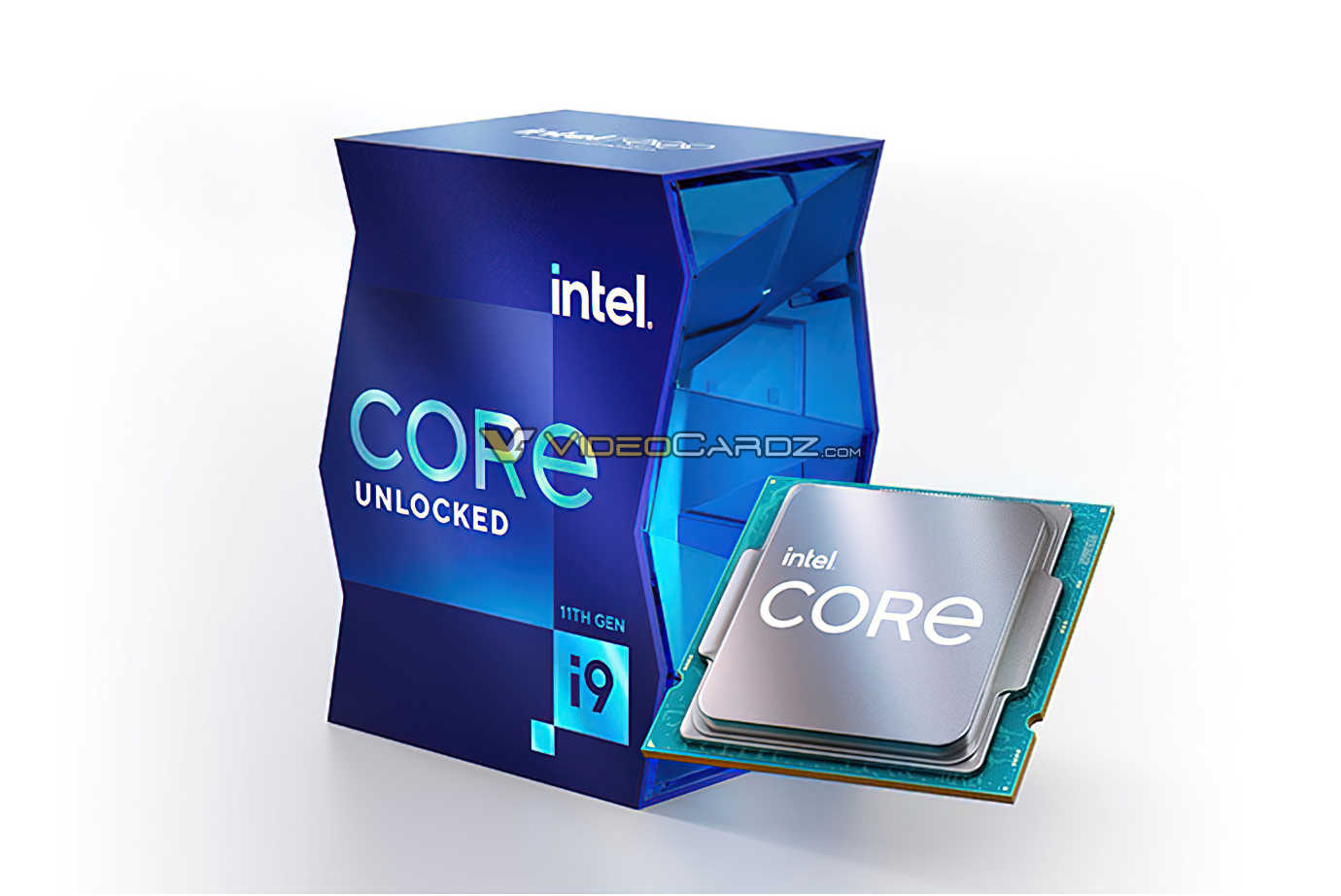- Jan 23, 2007
- 1,392
- 379
- 136
early benchmarks
more benchmarks
Just thought I would provide these so folks could draw their own conclusions. Evidently the processors have been getting sold for a few days now in Germany.
more benchmarks
Just thought I would provide these so folks could draw their own conclusions. Evidently the processors have been getting sold for a few days now in Germany.










